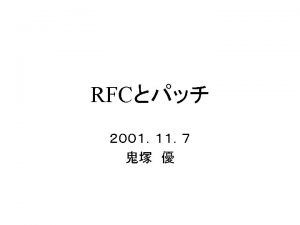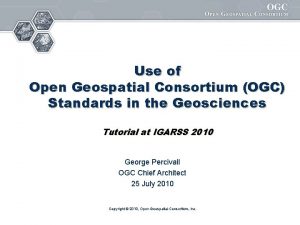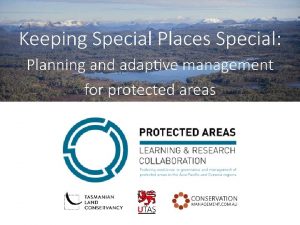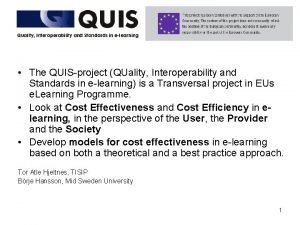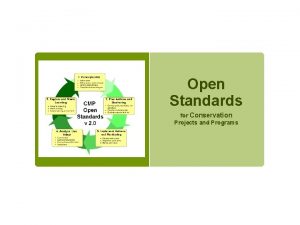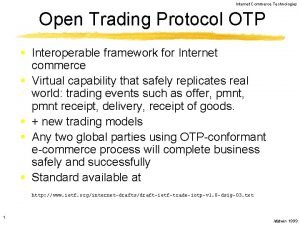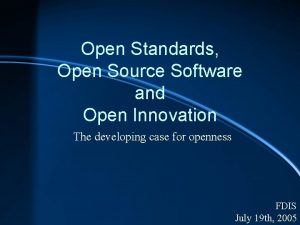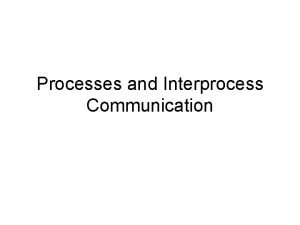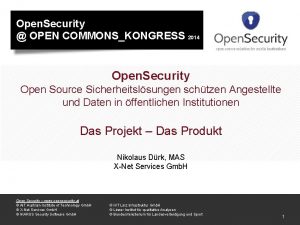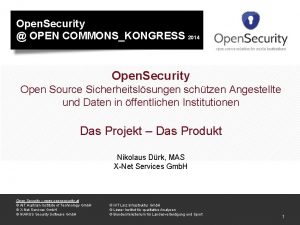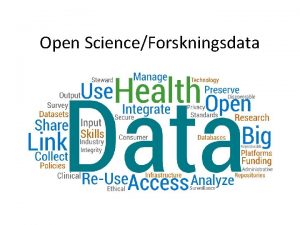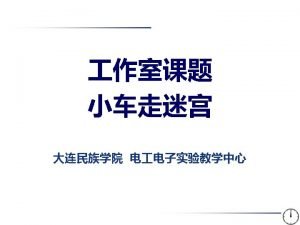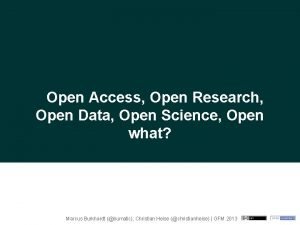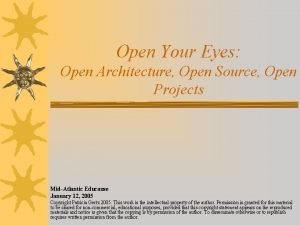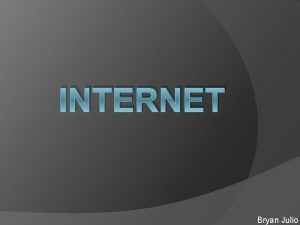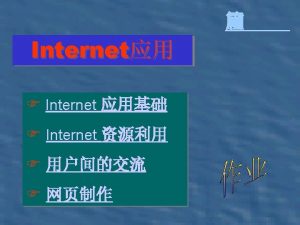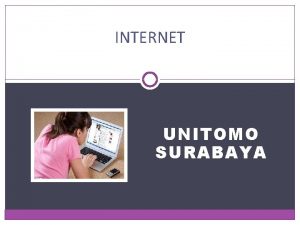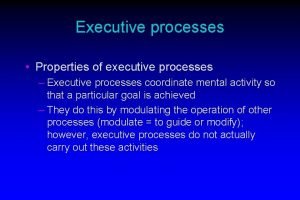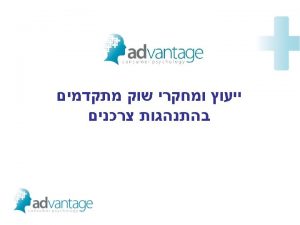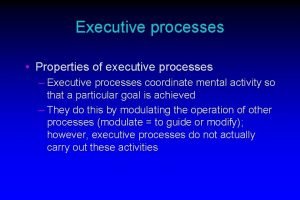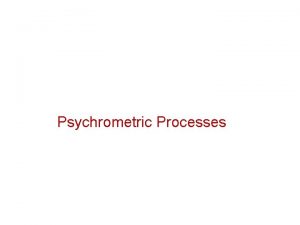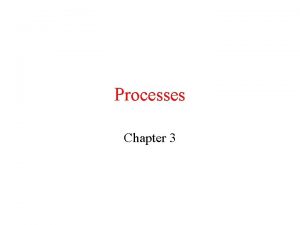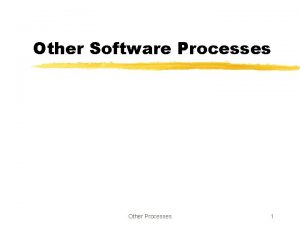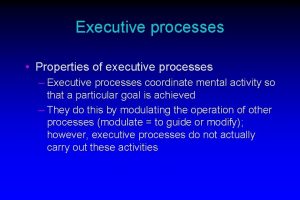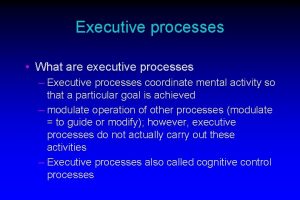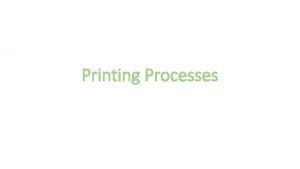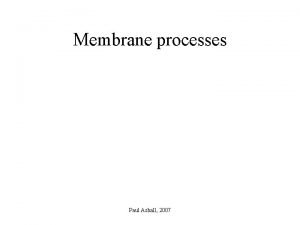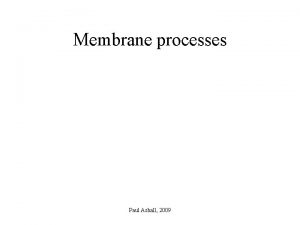Open Standards and processes on the Internet Paul




























- Slides: 28

Open Standards and processes on the Internet Paul Wilson APNIC 1

So, what is the Internet? “The Internet, or simply the Net, is the publicly accessible worldwide system of interconnected computer networks that transmit data by packet switching using a standardized Internet Protocol (IP) and many other protocols. ” - Wikipedia http: //en. wikipedia. org/wiki/Internet 2

What is the Internet? “No single entity… administers the Internet. It exists and functions as a result of the fact that hundreds of thousands of separate operators of computers and computer networks independently decided to use common data transfer protocols …” – US District Court for the Eastern District of Pennsylvania (1996)

And what is a standard? • A standard is simply an agreement – among members of a community, – on a set of guidelines or rules, – which allow cooperation (interoperability), – for mutual benefit, – and often, coordinated by a recognised standards body such as ISO, ITU, W 3 C or IETF. • An open standard is a standard which is freely accessible, implementable and usable, without barriers. 4 – Openness is variable, not absolute

Communications standards Must Let’sagree use the on: language, Internet! medium… ? ISPTelco RIR Telco DNS 5 ISPTelco ISP Telco DNS The Internet

Communications standards • Let’s try it… traceroute to www. ietf. org (132. 151. 6. 75), 30 hops max, 38 byte packets 1 2 3 4 5 6 7 8 9 10 11 12 13 14 15 16 17 fxp 1 -basil (202. 12. 29. 254) 0. 242 ms 0. 164 ms 0. 146 ms fe 0 -0. gw 1. apnic. net (202. 12. 29. 114) 0. 335 ms 0. 287 ms 0. 275 ms fe 1 -1. gw 2. apnic. net (202. 12. 29. 125) 0. 556 ms 0. 410 ms 0. 433 ms Fast. Ethernet 3 -30. cha 23. Brisbane. telstra. net (139. 130. 97. 61) 0. 856 ms 0. 846 ms 0. 866 ms Gigabit. Ethernet 1 -2. woo-core 1. Brisbane. telstra. net (203. 50. 129) 1. 045 ms 0. 956 ms 1. 006 ms Pos 5 -0. ken-core 4. Sydney. telstra. net (203. 50. 6. 221) 12. 020 ms 12. 279 ms 11. 923 ms 10 Gigabit. Ethernet 3 -0. pad-core 4. Sydney. telstra. net (203. 50. 6. 86) 12. 176 ms 13. 834 ms 12. 073 ms Gigabit. Ethernet 0 -0. syd-core 01. Sydney. net. reach. com (203. 50. 13. 242) 13. 631 ms 13. 503 ms 13. 592 i-12 -1. wil-core 02. net. reach. com (202. 84. 144. 65) 163. 275 ms 163. 446 ms 163. 384 ms i-2 -0. dal-core 01. net. reach. com (202. 84. 143. 66) 196. 954 ms 196. 791 ms 196. 939 ms POS 1 -3. GW 1. DFW 13. ALTER. NET (65. 208. 15. 89) 197. 036 ms 197. 198 ms 197. 424 ms 0. so-0 -0 -0. CL 1. DFW 13. ALTER. NET (152. 63. 103. 86) 196. 717 ms 196. 558 ms 196. 715 ms 0. so-0 -0 -0. TL 1. DFW 9. ALTER. NET (152. 63. 0. 193) 196. 251 ms 196. 193 ms 196. 067 ms 0. so-4 -2 -0. TL 1. DCA 6. ALTER. NET (152. 63. 38. 145) 240. 699 ms 241. 416 ms 240. 802 ms 189. at-5 -0 -0. XR 1. TCO 1. ALTER. NET (152. 63. 39. 226) 243. 266 ms 243. 411 ms 243. 204 ms 193. ATM 7 -0. GW 5. TCO 1. ALTER. NET (152. 63. 39. 85) 242. 898 ms 241. 967 ms 242. 296 ms cnrl-gw. customer. alter. net (157. 130. 44. 142) 245. 964 ms 246. 573 ms 246. 391 ms 18 www. ietf. org (132. 151. 6. 75) 251. 321 ms !<10> 250. 003 ms !<10> 244. 306 ms!<10> • Each “hop” could be a different carrier network, hardware vendor and underlying protocol • But it works! 6

Before the Internet… Applications Network OS OS OS Hardware – and many more: NCR, Data General, Novell, Microsoft etc 7 • Choice of standards and applications determined by vendor

Today… Applications (clients and servers) Email WWW IM Skype SIP … Network (TCP/IP aka the Internet) HP 3 com Cisco Juniper Netlink … OS unix IBM Palm Mac. OS Windows … Hardware Intel 8 PPC Sparc AMD Nokia … • Choice of vendors, standards (de facto or “official”) and applications at every level • Common denominator is TCP/IP

How did this come about? • Initially, a networking research project (70 -80 s) – Cooperative open standards development – Highly collaborative community environment – One of many available network platforms • Then, product of liberalisation (90 s) – – And a catalyst for liberalisation Competitive, market-based environment Commercial success, but free to join and use By mid-1990 s, the dominant network platform • Now, public utility and critical infrastructure (2000 s) – The only network platform – Overseen by the Internet Engineering Task Force 9

The IETF… • Internet Engineering Task Force, since 1986 – development of open standards in support of the Internet • Unlike other standards bodies… – Open industry-based effort involving groups and individuals – Use of individual contributions and a process of development of consensus on standards decisions – Emphasis on relevant (demonstrated) specifications – Philosophically distinct… “We reject kings, presidents and voting. We believe in rough consensus and running code. ” – Attributed to Dave Clark, IETF, 1992 10

The IETF – Role and Scope • “Above the wire and below the application” – IP, TCP, email, routing, IPsec, HTTP, FTP, ssh, LDAP, SIP, mobile IP, ppp, RADIUS, Kerberos, secure email, streaming video & audio, . . . • Hard to clearly define IETF scope – The “wires” and “applications” can be fuzzy – So there is constant exploration of edges – Other SDOs help in this regard • See… 11 – http: //www. ietf. org – http: //ietfjournal. isoc. org

IETF Roles and Responsibilities • IETF Chair – Chief spokesperson, Area Director for General Area • Area Directors – 13 in total, managing 7 individual areas – Set direction, review WGs and documents • Internet Engineering Steering Group (IESG) – Area Directors sitting as a body – Multi-disciplinary technical review group • Internet Architecture Board – Overall architectural advice – External liaison • IETF Chair, ADs & IAB members selected by nomcom – two year terms 12

IETF Roles and Relationships ISOC holds the copyright on IETF documents, point of process appeal ISOC Nom. Com IETF ISOC charters the IAB ISOC funds IAB IESG IAB charters the RFC Editor IAB confirms IESG members IAB charters the IRTF ISI IASA RFC Editor Secretariat IRTF Areas IAB charters the IETF IANA Working Groups Research Groups Participants 13 ICANN IANA

IETF by numbers, 1 May 2006 • IETF meetings – – Normally, 1000 -2000 participants 3 times per year, 65 meetings to date 5 full days, 4 sessions per day, 9 am to 10 pm aside from plenaries, 6 -8 parallel working group meetings in each session, also BOFs and other – 120+ separate sessions – 150+ working groups in 7 defined areas • Documents – RFCs and Internet-Drafts – – – 14 RFCs: 4, 489 so far I-Ds current: 2, 245 (under 6 months old) I-Ds distinct: 16, 588 I-Ds total versions: 54, 403 http: //www. potaroo. net/ietf/html/rfcstats. html

IETF by numbers 15

RFC 1149 – 1 April 1990 Network Working Group Request for Comments: 1149 D. Waitzman BBN STC 1 April 1990 A Standard for the Transmission of IP Datagrams on Avian Carriers Status of this Memo This memo describes an experimental method for the encapsulation of IP datagrams in avian carriers. This specification is primarily useful in Metropolitan Area Networks. This is an experimental, not recommended standard. Distribution of this memo is unlimited. Overview and Rational Avian carriers can provide high delay, low throughput, and low altitude service. The connection topology is limited to a single point-to-point path for each carrier, used with standard carriers, but many carriers can be used without significant interference with each other, outside of early spring. 16

RFC 1149 - implementation 17 http: //www. blug. linux. no/rfc 1149/

Its not just the IETF… • World Wide Web Consortium (W 3 C) – HTML, XML etc • Institute of Electrical and Electronics Engineers (IEEE) – 802 committee: ethernet and wifi • European Telecommunications Standards Institute (ETSI) – GSM, WAP etc • International Organization for Standardization and International Electrotechnical Committee (ISO/IEC) – OSI model (RIP 1996) – Moving Picture Experts Group (MPEG) • ITU-T – Telephony-related standards (incl x. DSL, H. 323/H. 248) • American National Standards Institute (ANSI) • Etc etc 18

Open processes – Internet number management 19

What are RIRs? • Regional Internet address Registries – Providing resources allocation services • Industry self-regulatory structures – Representative of ISPs globally – Non-profit, neutral and independent – Open membership-based bodies • First established in early 1990’s – In response to RFC 1338 (1992) – Voluntarily by consensus of community – To satisfy emerging technical/admin needs • In the “Internet Tradition” 20 – Consensus-based, open and transparent

BTW, IP addresses are not domain names… The Internet DNS www. cernet. cn ? 202. 112. 0. 46 202. 12. 29. 142 “My Computer” 21 202. 112. 0. 46 www. cernet. cn

What is an IP address? • Internet infrastructure address – Critical Internet identifier – Globally unique – Distinct from DNS names • A finite Common Resource – IPv 4: 32 -bit number • 4 billion addresses available – IPv 6: 128 -bit number • 340 billion available • Managed under the RIR System – According to agreed technical policies • Not ‘owned’ by address users • ‘IP’ does not mean ‘Intellectual Property’ 22

What do RIRs do? • Internet resource allocation – Primarily, IP addresses – IPv 4 and IPv 6 – Receive resources from IANA/ICANN, and redistribute to ISPs on a regional basis – Registration services (“whois”) • Policy development and coordination – Open Policy Meetings and processes • Training and outreach – Training courses, seminars, conferences… – Liaison: IETF, ITU, APT, PITA, APEC… • Publications – Newsletters, reports, web site… 23

How do RIRs do it? • Open and transparent processes – Decision-making – Policy development • Open participation – Democratic, bottom-up processes • Membership structure – 100% Self-funded through membership fees – National Internet Registries (APNIC) • Community support (APNIC) – – 24 HRD R&D fund Fellowships – received and given Open source software development

RIR Policy Process Need Anyone can participate OPEN Evaluate ‘BOTTOM UP’ Implement Internet community proposes and approves policy 25 Discuss TRANSPARENT Consensus All decisions & policies documented & freely available to anyone

In conclusion 26

Conclusions • The strength of the Internet depends on open standards and open processes – Allowing the community to agree on how the network should work – Open to all members of the community – Competitive market-based not centrally planned • Benefits for all – Expertise provided by those who create the Internet – Vendors know that products will perform as customers want – Customers (carriers and end users) are able to buy devices from various competing providers – Innovators have enormous opportunities to provide new products and services 27

Thank You Paul Wilson pwilson@apnic. net 28
 Concurrent processes are processes that
Concurrent processes are processes that 영국 beis
영국 beis Hard standards and soft standards examples
Hard standards and soft standards examples Internet official protocol standards
Internet official protocol standards Internet or internet
Internet or internet Open geospatial consortium standards
Open geospatial consortium standards Open standards for the practice of conservation
Open standards for the practice of conservation Open standards elearning
Open standards elearning Open standards for conservation
Open standards for conservation Internet open trading protocol
Internet open trading protocol Hình ảnh bộ gõ cơ thể búng tay
Hình ảnh bộ gõ cơ thể búng tay Ng-html
Ng-html Bổ thể
Bổ thể Tỉ lệ cơ thể trẻ em
Tỉ lệ cơ thể trẻ em Gấu đi như thế nào
Gấu đi như thế nào Chụp tư thế worms-breton
Chụp tư thế worms-breton Hát lên người ơi
Hát lên người ơi Kể tên các môn thể thao
Kể tên các môn thể thao Thế nào là hệ số cao nhất
Thế nào là hệ số cao nhất Các châu lục và đại dương trên thế giới
Các châu lục và đại dương trên thế giới Công thức tính độ biến thiên đông lượng
Công thức tính độ biến thiên đông lượng Trời xanh đây là của chúng ta thể thơ
Trời xanh đây là của chúng ta thể thơ Mật thư anh em như thể tay chân
Mật thư anh em như thể tay chân Phép trừ bù
Phép trừ bù Phản ứng thế ankan
Phản ứng thế ankan Các châu lục và đại dương trên thế giới
Các châu lục và đại dương trên thế giới Thơ thất ngôn tứ tuyệt đường luật
Thơ thất ngôn tứ tuyệt đường luật Quá trình desamine hóa có thể tạo ra
Quá trình desamine hóa có thể tạo ra Một số thể thơ truyền thống
Một số thể thơ truyền thống



